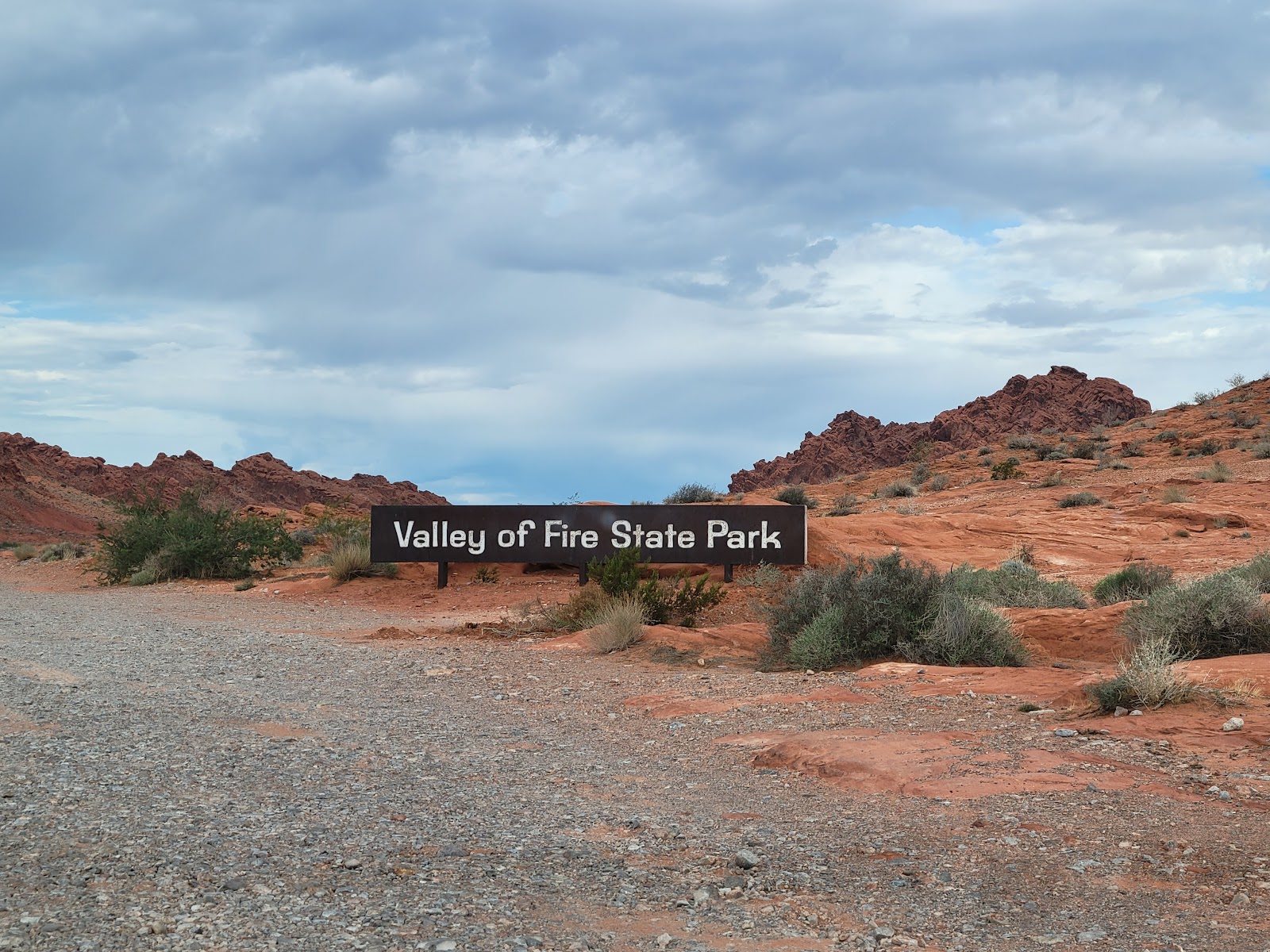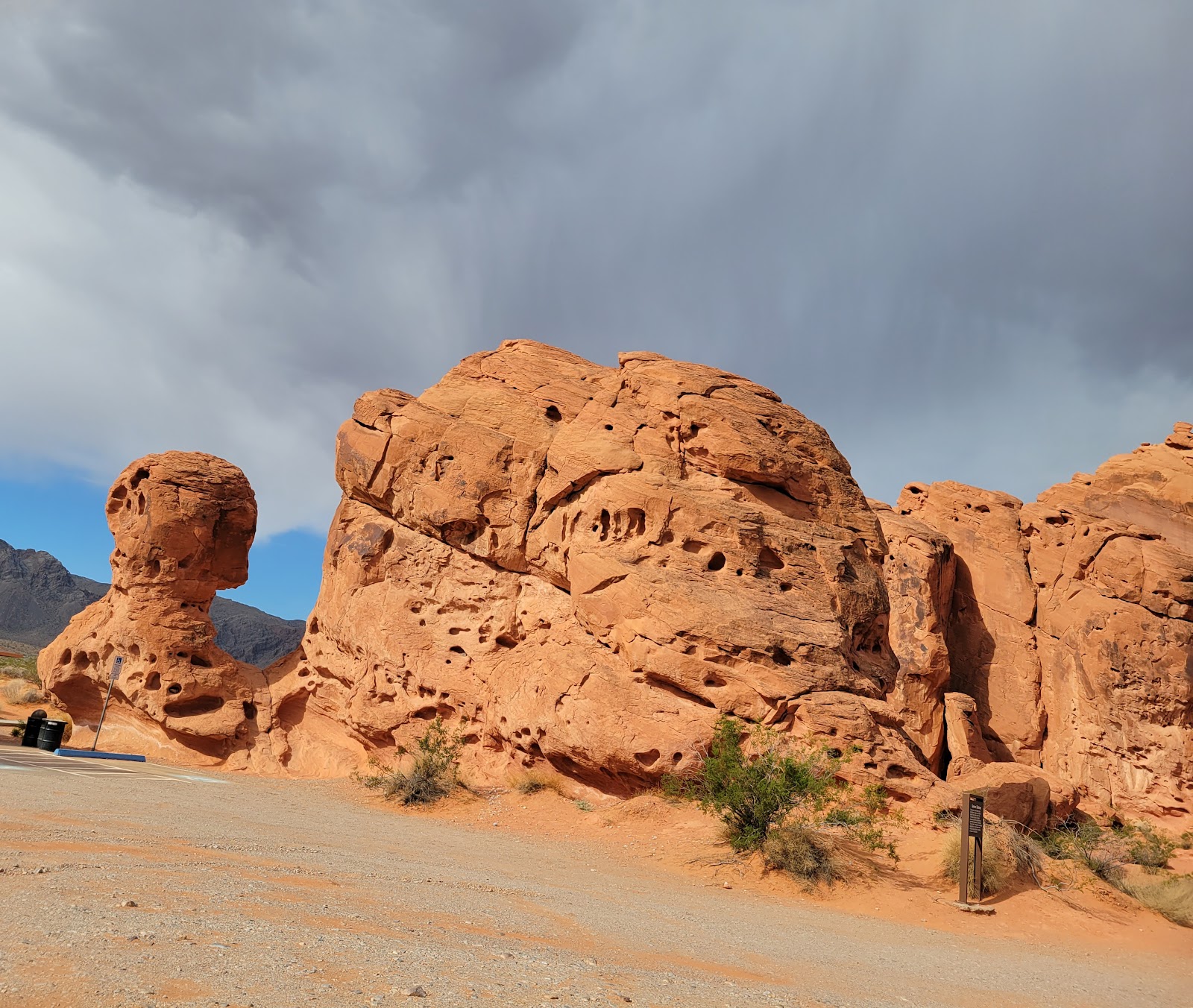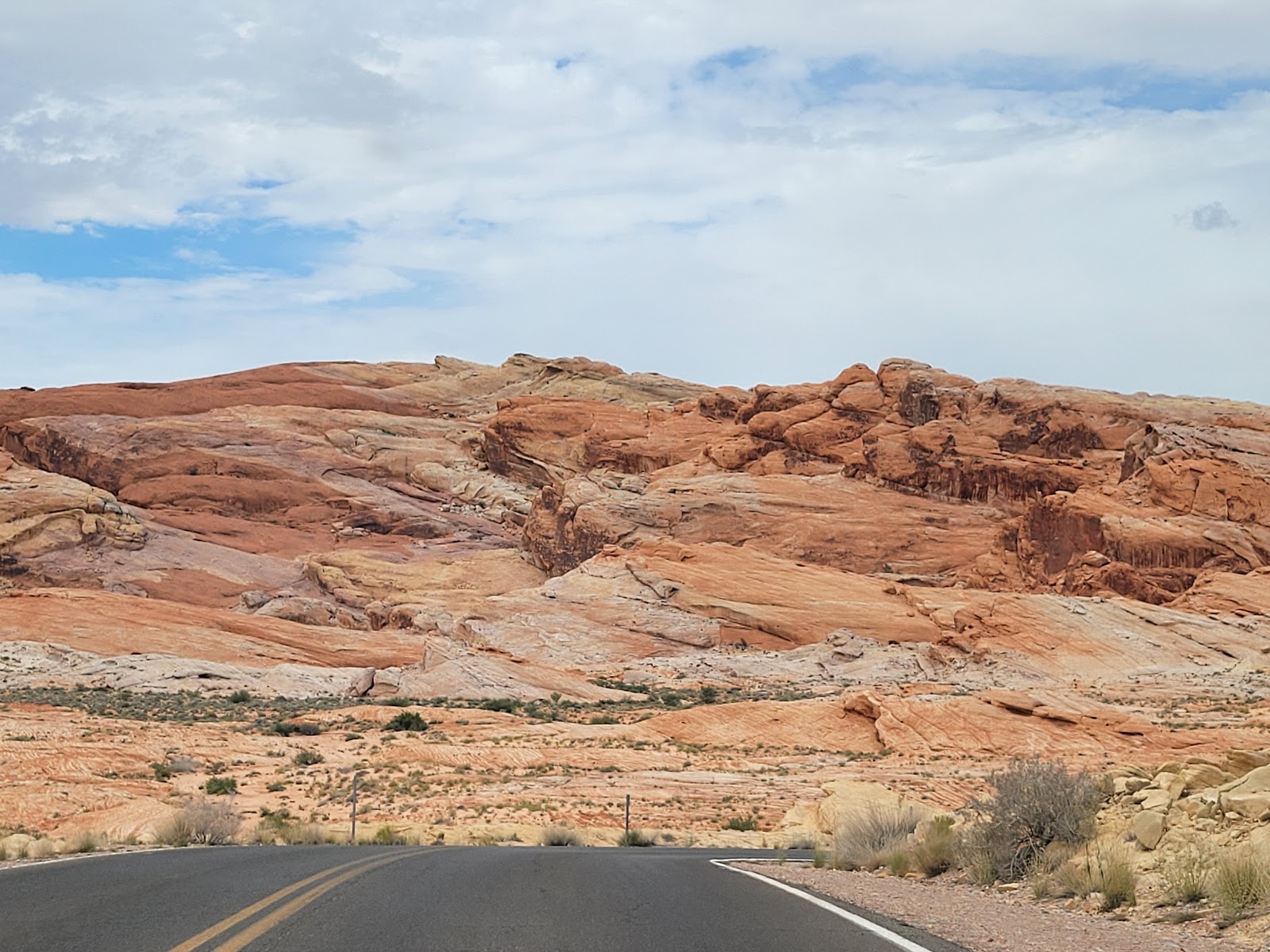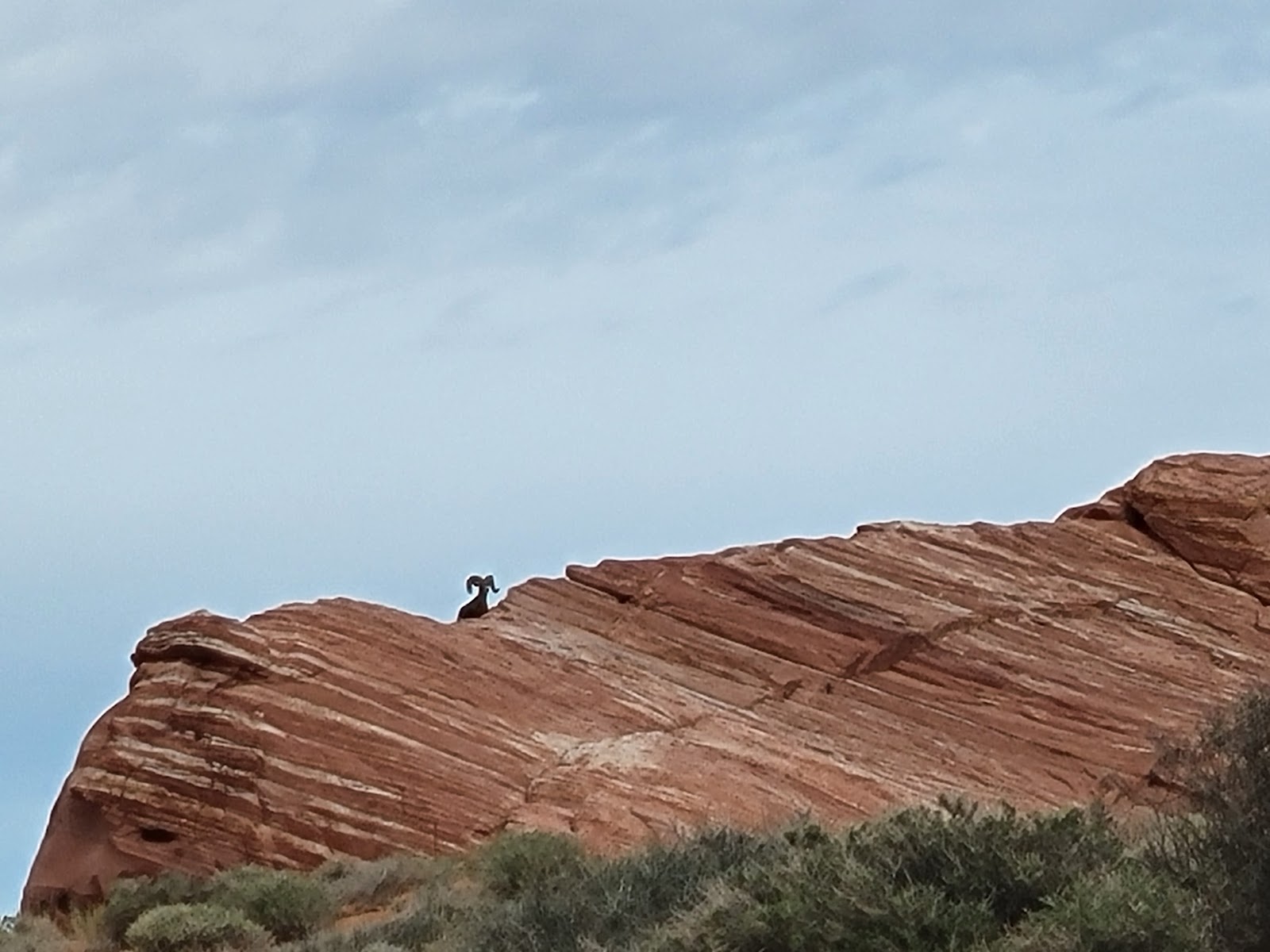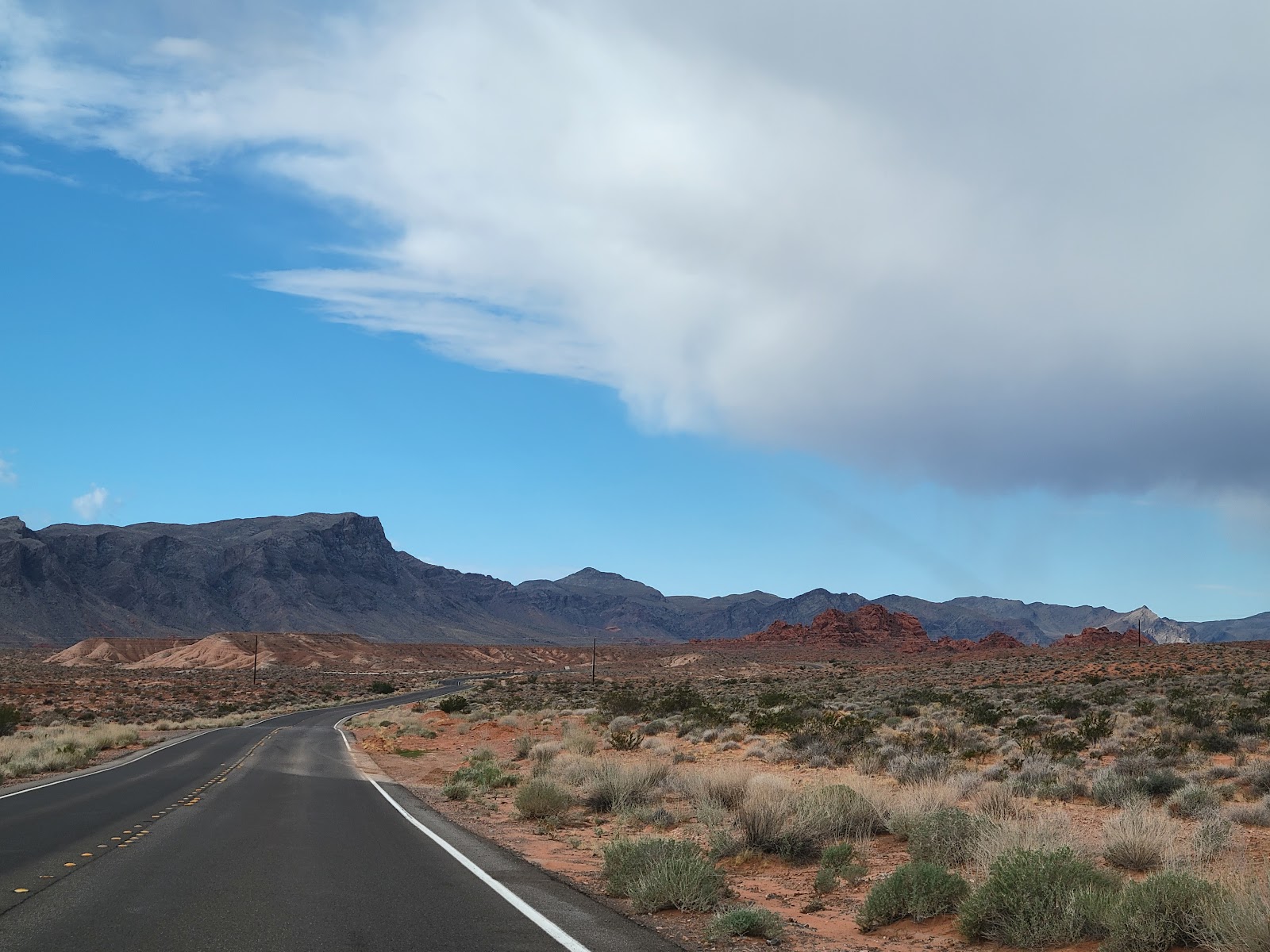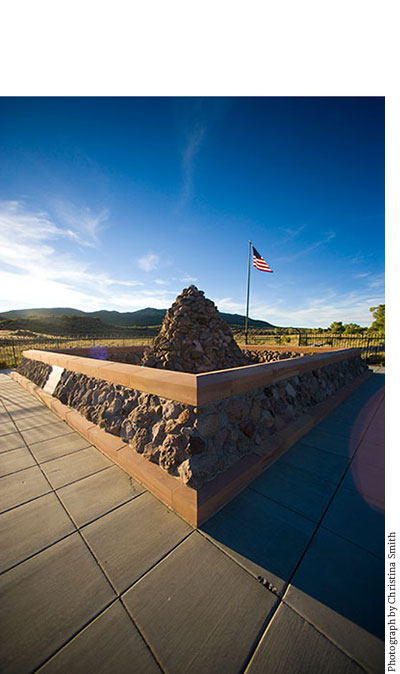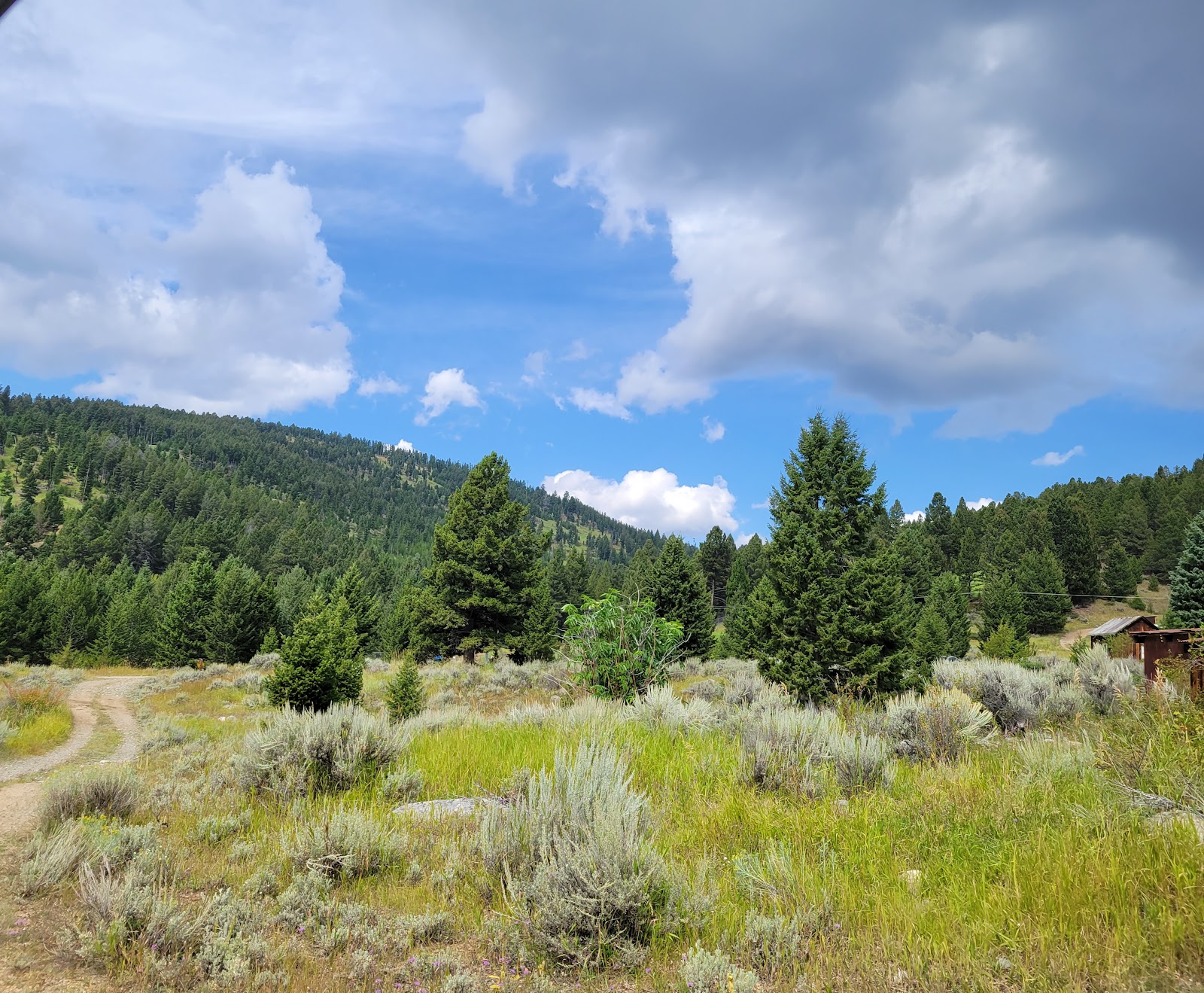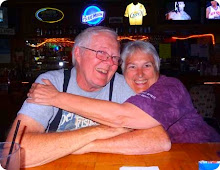As sad as it is, it is now time for me to head south, back to Arizona. I wanted to find a some different roads to take and I also turned this trip into another journey down memory lane. I headed south out of Helena on Highway 287. This road takes me past the campground Jim and I always stayed at on Canyon Lake. I thought about driving through the campground, but I couldn't do it. So I just kept going.
My destination for this part of the journey was West Yellowstone. But along the way I had a fun encounter with the true spirit of the West.
The road runs along the Madison River in some places and it was so beautiful, I needed to just stop and enjoy. I found a dirt road down to the river and saw the River Ranch as I turned onto the road. I drove a little bit further down and stopped to just experience the peace and quiet. A pick up truck passed me and I didn't think anything of it. I went a little further and then turned around and headed back. But I just didn't want to leave so I stopped again and was just sitting there.
I saw the pick up (with his dogs in the bed) pull up behind me (he must have turned around) and this young guy gets out of the truck and puts his cowboy hat on. He approaches my car and I can tell he is trying not to scare me. I had my window down and as he approached, he said "ma'am, are you okay?"
I explained I was just enjoying life and I'm sure he probably thought I was a little weird, but he made sure I didn't need anything before he and his cowboy boots climbed back into his truck and drove off into the sunlight.
One of those life moments that just kind of makes you proud of the human race.
After that encounter, I headed down memory lane. First stop is Quake Lake Visitor Center. The following is a quote from their brochure.
It was a beautiful moonlit night, August 17, 1959, when one of the most powerful earthquakes ever recorded in the Rocky Mountains struck the Madison River Canyon. The earthquake which measured 7.5 triggered a massive landslide, which sent over 80 millions tons of rock crashing down into the canyon blocking the Madison River. The water backed up behind the slide forming the new Earthquake Lake. In a matter of seconds the earth's crust had dropped 19 feet. 28 people lost their lives, most of them camping in the area.
I've been through this area several times and it's amazing the trees are still standing in the lake. They have moved the road away from the lake and you do not get to see some of the other areas where the cabins were in the lake unless you drive down to them.
From there it is a gorgeous drive to West Yellowstone. It's been many, many years since I have been in West.
During the summer of 1968 I worked at the bank in West Yellowstone. The town recruited workers from Ricks College (now BYU-Idaho in Rexburg) to work as servers, checkers, stockers, retail sales, and hotel maids, etc. I got a job in the bank counting money. This was 55 years ago and we didn't have any fancy machines to do our counting for us. So I counted and double and triple checked to make sure each till cashed out correctly. Do you know how dirty money is? This has to be the dirtiest job I've ever had. I tried using some gloves but they just slowed me down.
But what a wonderful way to spend the summer. I lived in a cabin with three other girls that I knew from college. We all had different schedules and it worked out really good.
This was also before all the development happened (a totally different time) so we always had bears and elk and deer and raccoons roaming through town. We'd often hear bear banging around outside trying to get into our garbage cans. We learned how to get home safely after dark and to take the long way around if you spotted a bear. We never had a bear attack in West that entire summer.
For entertainment, one of my roommates was an extra at the Playmill Theater. They were doing the Pirates of Penzance and she could get us into see the show for free. We also would go to Fishing Bridge for the parties and dances they held for the staff in the park who worked at all the tourist spots. None of us had a car, so we would just hitchhike through the park. Like I said, a totally different time. We never had any trouble getting rides from families which is who we looked for.
We also used to go to the dump with somebody we knew who had a car. Once again, a long time ago in a different world. The dump was an open landfill. They didn't cover the garbage up. The bears loved it. So we would line up all the cars and wait until we could hear all the grunts and growls. Then everybody would turn on their headlights and we could watch the bears chowing down. One grizzly was always recognizable because he had this huge tooth that was all twisted. He was called Snaggle Tooth.
Those were the days. I'm not sure what I expected when I got to West because after so many years, nothing has remained where it was back then. I did find a couple of banks but I have no idea if either of them were the original bank. The grocery store where I was a checker when they were shorthanded, was not where it used to be and I'm sure it's changed hands many times. But oh what the memories I enjoyed.
A bank in West Yellowstone
Didn't stay long in West - way too many people. They were everywhere and traffic was a mess. I was sure glad I wasn't trying to go through the park. Time to press on.
